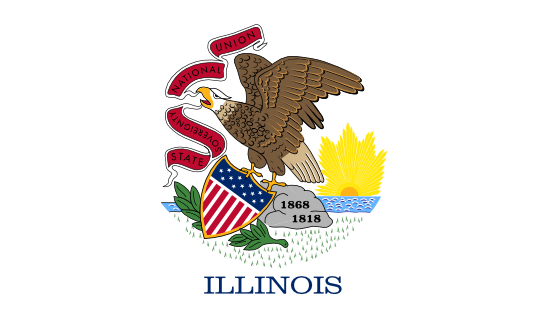
Curran
- County:
- Sangamon County
- County Seat:
- No
- Area (mi²):
- 27.659
- State:
- Illinois
Curran is located in Sangamon County, Illinois. Curran has a 2025 population of 1,532 . Curran is currently declining at a rate of -0.13% annually and its population has decreased by -1.61% since the most recent census, which recorded a population of 1,557 in 2020.
The average household income in Curran is $139,646 with a poverty rate of 4.78%. The median age in Curran is 43.3 years: 43.2 years for males, and 43.4 years for females. For every 100 females there are 105.3 males.